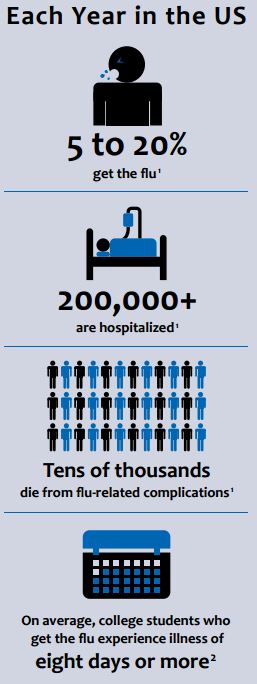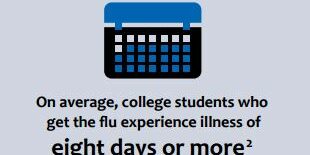
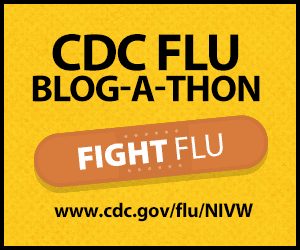 To highlight the importance of annual flu prevention, NFID is sponsoring a blog relay during 2016 National Influenza Vaccination Week (NIVW), featuring guest posts authored by NFID leaders each day of the week.
To highlight the importance of annual flu prevention, NFID is sponsoring a blog relay during 2016 National Influenza Vaccination Week (NIVW), featuring guest posts authored by NFID leaders each day of the week.
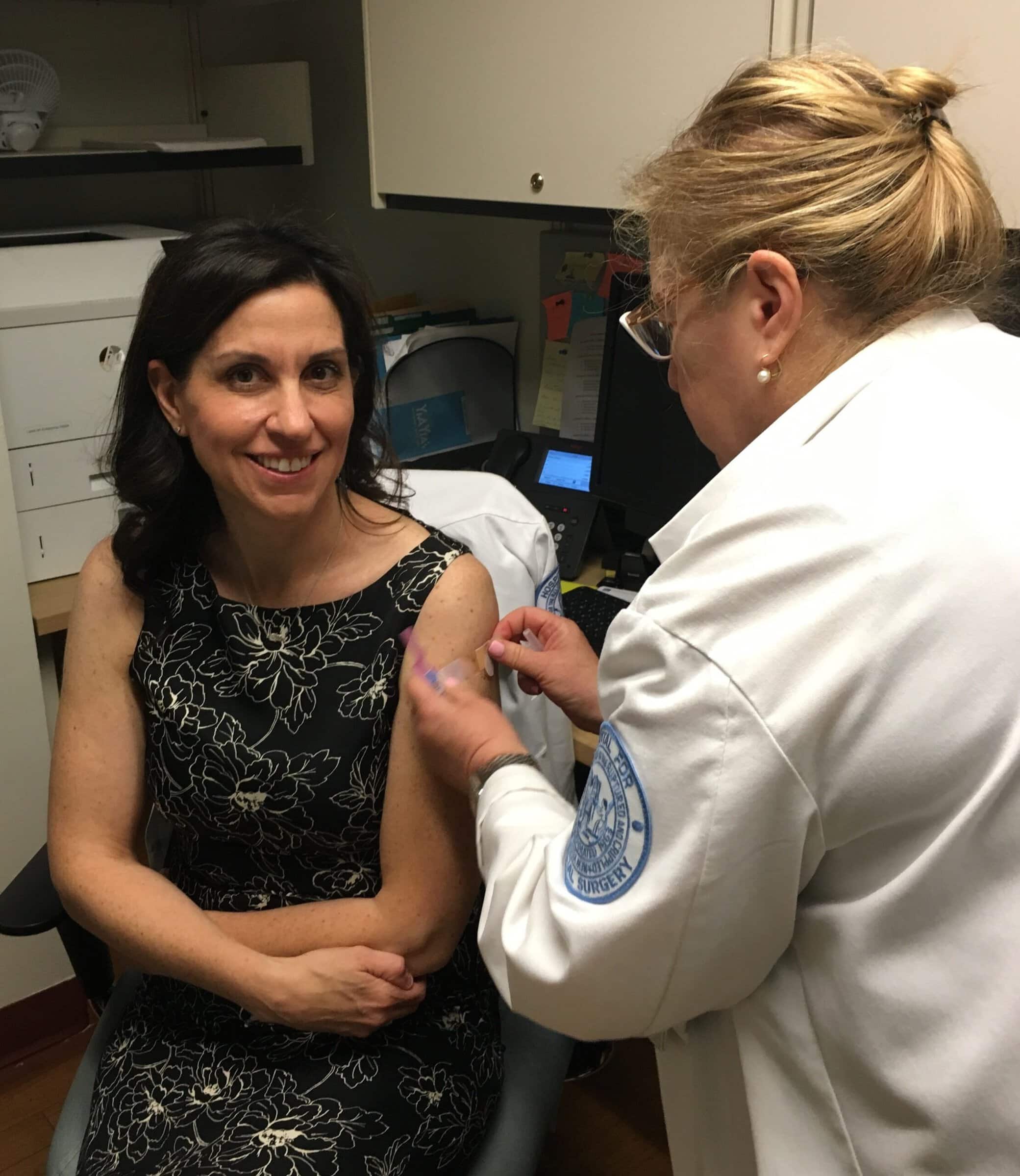
Special thanks to Lisa S. Ipp, MD, NFID Board Member and Associate Professor of Clinical Pediatrics at Weill Cornell Medical College, for this guest post about the impact that influenza can have on teens and college students.
Many people think that influenza (flu) vaccination is only important for infants and older adults (65+). But annual flu vaccination is recommended for everyone age six months and older, because anyone can get seriously ill from flu, including otherwise healthy teens and young adults.
Flu easily spreads among students, including those in college. Students are constantly exposed to other students (and their germs/infections) in class. College students are at risk of exposure to infections through social activities and close living conditions in dormitories. When students get the flu, it is nothing to take lightly. On average, college students with the flu experience 8 days or more of illness — potentially impacting days in the classroom and academic performance.
Many colleges offer influenza vaccination on campus, but in the best years, only about 4 in 10 students take advantage and actually get vaccinated. Some estimates indicate that as few as 1 in 10 get vaccinated.
Challenges to increasing flu vaccinations among college students include:
- Busy schedules and competing priorities
- Healthy students think they are “invincible” and do not think they will get sick
- College students are beginning to become responsible for managing their own health, many for the first time
- Misperceptions about flu vaccine side effects are common
In April 2016, NFID convened an expert roundtable to discuss influenza prevention initiatives on college campuses. The discussion included identifying key tenets of a successful influenza prevention program: collaborating with the student body; using campus/student influencers, such as star athletes and peers; incorporating incentives; appealing to the millennial desire to “give back” to their community; and (something that works across all ages) making it easy to get vaccinated. Read more about preventing flu in college students in the NFID report, Addressing the Challenges of Influenza Vaccination on US College Campuses.
In the US, young children have the highest flu vaccination rates (75% in children age 6-23 months) but rates decrease significantly as children age. Flu vaccination rates are ~50% in teenagers age 13-17 years and on US college campuses, flu vaccination rates are even lower—hovering between 8-39%. Unfortunately, both age groups fall significantly short of the 70% Healthy People 2020 target immunization goals.
We need to do better to make sure all teens and young adults are protected against influenza. And if you have not already done so, I strongly urge you to get vaccinated against influenza this season. No excuses—it’s not too late!
Be sure to check NFID News each day during #NIVW to view guest blog posts, including the upcoming post by Patricia (Patsy) A. Stinchfield, RN, MS, CPNP, CIC on how nurses can positively impact flu vaccination rates.
To join the conversation, follow NFID on Twitter (@nfidvaccines) using the hashtag #FightFlu and #NIVW, like us on Facebook, join the NFID Linkedin Group, and subscribe to NFID Updates.
Related Posts
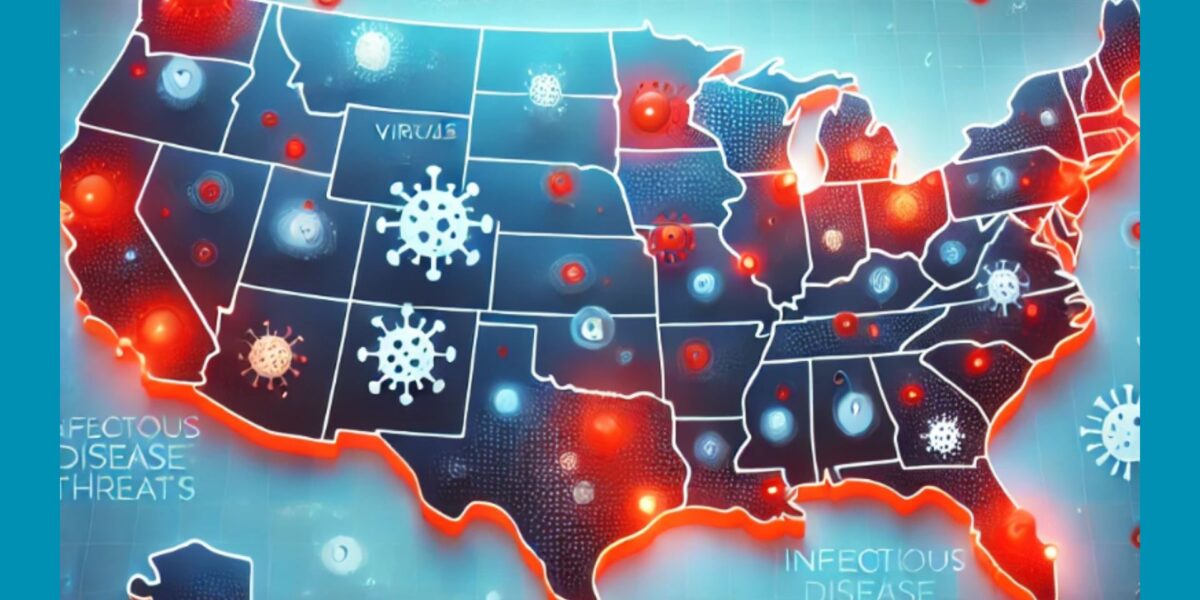
News Round-Up: Infectious Disease Threats
According to NFID website poll, there are several worrisome infectious disease threats. Read recent news on topics of greatest concern, including avian influenza (bird flu), measles, and respiratory syncytial virus (RSV) …

Vaccines and Heart Health: A Vital Connection
Heart disease can increase the risk of serious or fatal complications from respiratory diseases including COVID-19, flu, and RSV

Harnessing the Power of Local Data
NFID dashboard aims to empower stakeholders with hyperlocal data to increase US adult respiratory vaccine uptake

